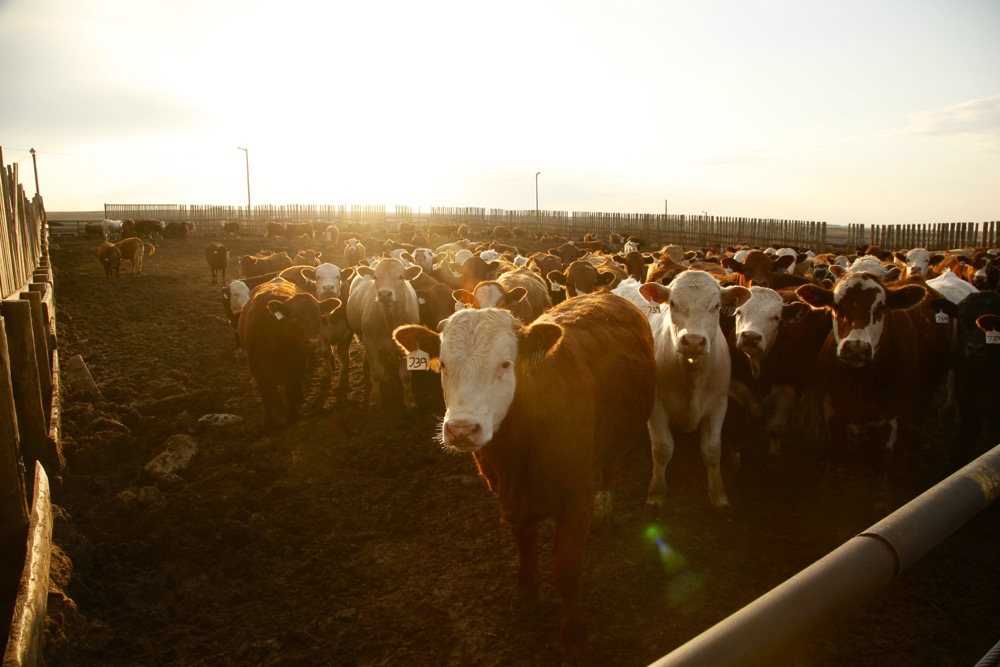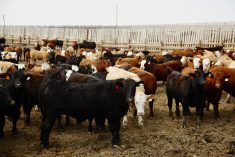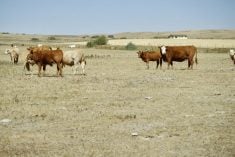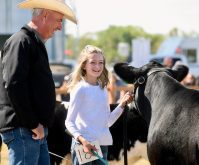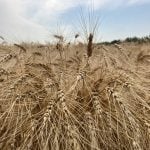Fed cattle
The fed price in Western Canada has held mostly steady as supplies have been ample but manageable with adequate fall demand. Slaughter capacity limited upside as additional cows took up some of the available hook space. Recently, the fed steer average has stayed between $390/cwt and $391/cwt.
The mid-October average is right at $391/cwt, which is $91.53/cwt stronger than last year. Compared to the three-year average, the mid-October value is over $127/cwt higher. Even with the higher prices in Western Canada, basis remains wide as U.S. prices outpace our local market. The Alberta to Nebraska cash-to-cash basis in mid-October is -$18.96/cwt while the Ontario to Nebraska is a little tighter at -$16.56/cwt.
Read Also
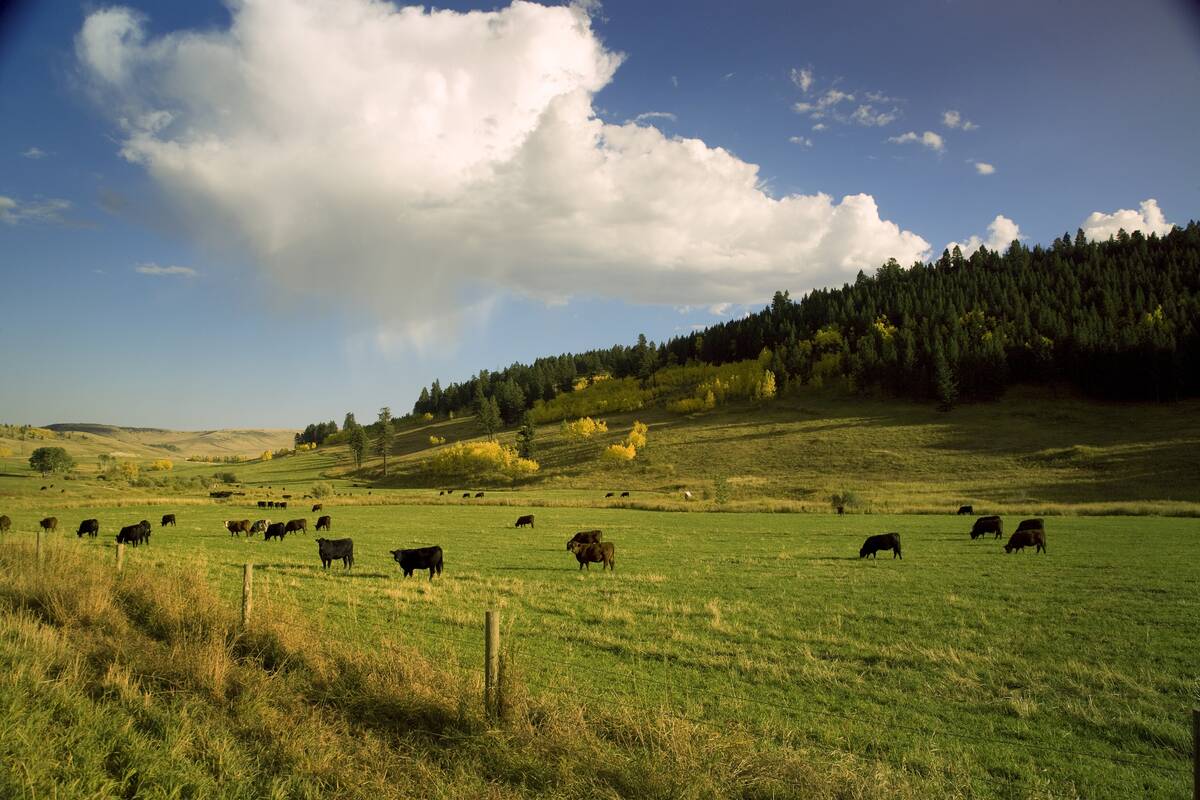
The Canadian Cattle Association’s international advocacy efforts
Global ag policies affect Canadian food policy, so the Canadian Cattle Association participates in international and domestic forums
Beef production in Canada remains below year-ago levels. Year-to-date fed steer slaughter is 1,269,811 head, down eight per cent. Fed heifer kill is also smaller, down six per cent at 746,275 head.
Longer lift times, increased days on feed and reduced cost of gain contributed to increased carcass weights. It’s not uncommon to see larger carcass weights this time of year; however, weights generally lighten up in the fourth quarter. Early October saw fed steer carcasses average 958 lbs., which has increased 22 lbs. from early September.
Fed cattle exports, including cows, to the end of September are one per cent below a year ago with a total of 355,410 head. The recently released Alberta and Saskatchewan cattle-on-feed report reflects the large summer placements and reduced slaughter numbers as cattle-on-feed totals grow. Reporting one of the largest October 1 on-feed totals since the start of the cattle-on-feed report, the total inven- tory grew to 921,390 head, four per cent larger than a year ago and 95,000 head larger than the Sep- tember 1 report. Placements in September totalled 267,309 head. Compared to last year, September saw a nine per cent decrease in steer placements and a 16 per cent increase in heifer placements.
Deb’s outlook on fed cattle: Market-ready fed cattle inventories are limited as we move through the fourth quarter. Drought-forced cow sales should also slow later in the fourth quarter, leaving more kill space for fed cattle. Holiday demand will improve for higher-priced middle meats, leaving buyers reaching and moving leverage to the sellers. The fed basis is wide, which should encourage U.S. buyer interest. Bottom line: fed cattle prices should have good support in the near term. Expect a stronger fed market in the coming weeks.
Feeder cattle
While historical trends point to a strong spring high and a low fall run, the market direction in 2023 saw prices improve in response to reduced feed grain prices, strong live cattle futures, smaller North American cow herds, tighter feeder calf supply and positive fed cattle margins. Feeder calf prices dropped slightly from the earlier fall highs but remained strong. Calf prices through the fall run have been impressive. The mid-October 550-lb. steer price in Alberta was $387.78/cwt, down $14/cwt from the high posted in mid-September but still $123.13/cwt higher than the same week in 2022.
Heifer calf volumes on offer have been large as producers take advantage of higher feeder prices. This also indicates producers don’t plan to expand cow herds in Canada as feedstocks are low and fall pasture conditions poor. Five-hundred-and-fifty-pound heifer prices dropped eight per cent while steers only fell three per cent, widening the spread to nearly $28/cwt.
For heavier feeder steers in mid-October, the 850-lb. steer average was $320.25/cwt, down $9/ cwt from the early September high but still $82.83/ cwt higher than the same week in 2022.
Including forward-sold calves, total volumes in Alberta auction marts from July through September were 37 per cent larger than last year and 40 per cent larger than the five-year average. In the first two weeks of October, the total auction volume in Alberta outpaced last year by 18 per cent.
Feeder cattle exports to the U.S. were down 24 per cent, totalling 126,385 head, to the end of Sep- tember. From January through the end of August, feeder cattle imports into Canada were up 30 per cent, leaving Canada a net importer for feeder cattle again in 2023.
Deb’s outlook on feeder cattle: Feeder cattle volumes will be lighter through the end of the year. Continued support from lower cost of gain and optimism for a strong fed market in 2024 will limit downside. However, in the near term, most classes of feeder cattle remain pressured as the fall feeder run of 2023 nears conclusion and forward-sold calves move into feedlot inventory.
Non-fed cattle
Poor fall grazing conditions, limited winter feed supply and strong non-fed cow prices encour- aged aggressive cull cow marketing. Although still high historically, the average D2 cow price in mid-October decreased by nearly $18/cwt from the previous two months. However, the market is $28.23/cwt above a year ago and more than $56/ cwt higher than in 2021. Ontario’s average D2 price is nearly the same at $132.79/cwt in mid-October. In Canada, slaughter cow numbers were eight per cent above those from the same time last year with a total of 369,413 head to the end of the first week in October.
Bull slaughter in Canada was up 26 per cent, totalling 14,484 bulls. This is offset somewhat by a reduced bull export volume, down 17 per cent to the end of September, totalling 26,845 head. Slaughter bull prices in Canada held on fairly well through the summer. Following a peak at $162/cwt, prices dropped slightly to an average of $158.14/cwt.
Deb’s outlook on non-fed cattle: Cull cattle supply should remain ample in the coming weeks as producers wean calves and make management decisions. Limited winter feed resources and high forage costs will send more cows to town. Prices will remain under pressure in the near term. However, as the fed cattle supply tightens and beef demand improves, cull cow prices should find solid ground and begin to rebound later in the fourth quarter.

